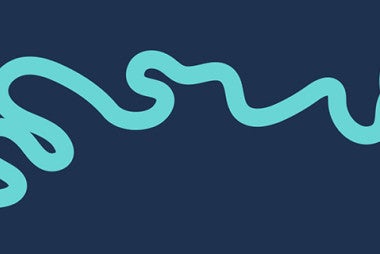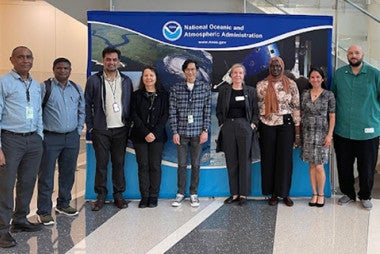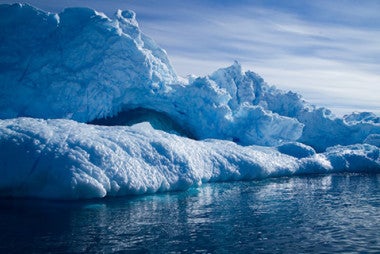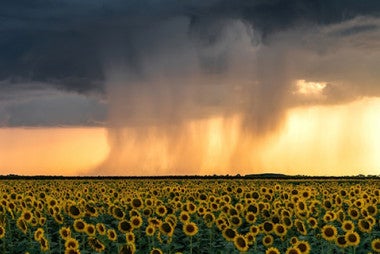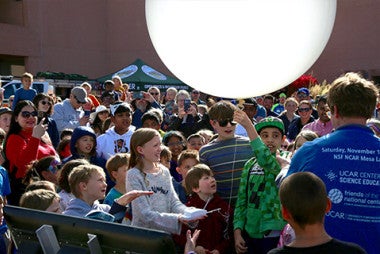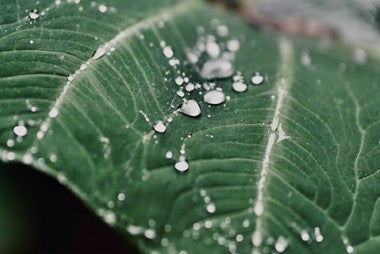Okeanos Marine Archeology: Search for the SS Larry Doheny
UCAR | CPAESS has a fabulous team at NOAA’s Office of Ocean Exploration including Patrick Cooper, AI Architect; Sarah Groves, Associate Scientist; Rachel Gulbraa, Writer/Editor; Philip Hartmeyer, Associate Scientist; Ashley Marranzino, Associate Scientist; Nicole Miller, Program Specialist; and Christa Rabenold, Writer/Editor. NOAA’s OE “is dedicated to exploring the unknown ocean, unlocking its potential through scientific discovery, technological advancements, and data delivery” (NOAA).
One of their efforts is leading expeditions on NOAA’s ship, the Okeanos Explorer. Prior to the official field season, NOAA executes a shakedown voyage to ensure the proper operation of all technical equipment, and general preparedness for the upcoming voyage. This spring’s shakedown explored the Pacific Ocean on the west coasts of Oregon, California, and Washington. Among the many efforts underway with this voyage was a possible dive off the Oregon coast in search of the wreck of “SS Larry Doheny, an American oil tanker sunk by a Japanese submarine on October 5, 1942” (NOAA).
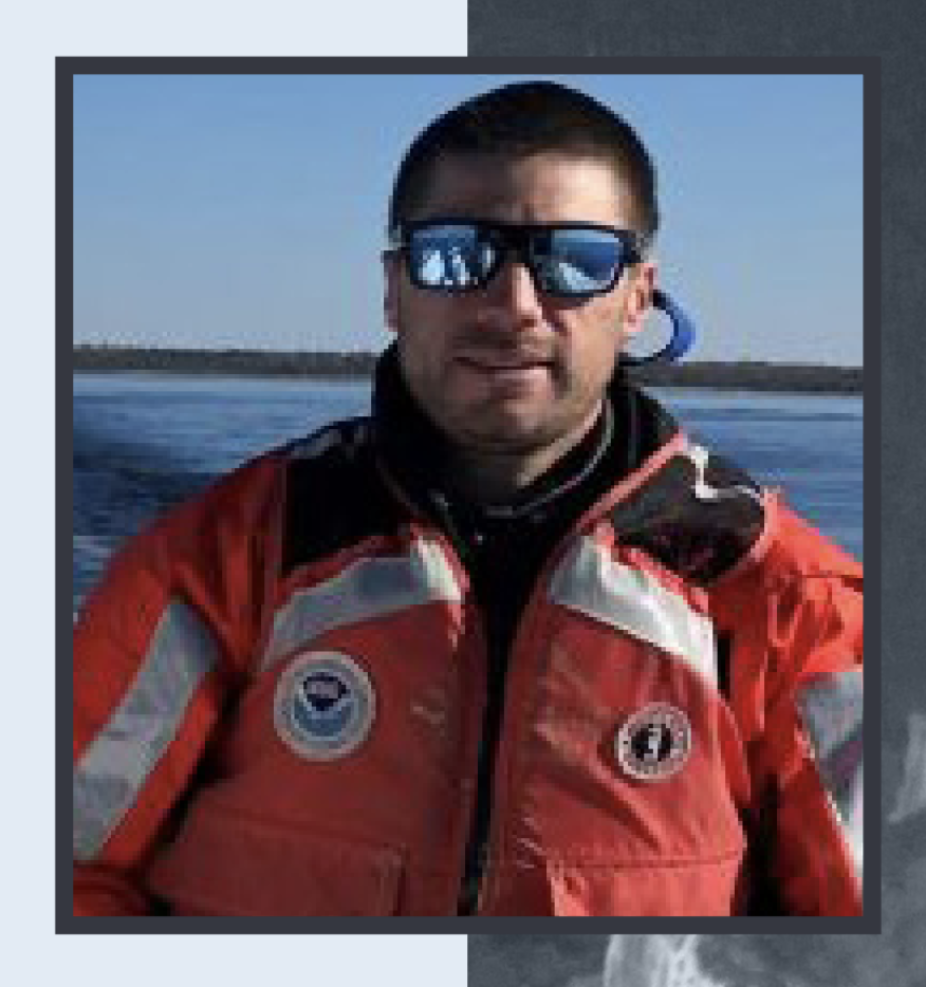
CPAESS Marine Archeologist Phil Hartmeyer
Of the search, CPAESS scientist and marine archeologist Phil Hartman said “It was a long night working with the shipboard team to identify potential targets from the multibeam sonar’s backscatter. Backscatter is essentially a raster display of the intensity of sound return. Its calculation incorporates the beam angle from sound leaving the transducer on the ship, the length of time it takes to reach the bottom (calibrated by the speed of sound through water), and the time it takes to travel back to the ship. In a silty, muddy bottom experienced in this area, a steel hulled ship should pronounce itself in this data. We thought we had two potential targets, and, to make sure, they ran a perpendicular pass over those targets to make sure they show up again in the data. Wind/wave direction, current, and surface weather can all play a factor in how any given multibeam data is collected, and after this ‘cross line’ was completed….the targets disappeared. They were artifacts in the data. We only had a few hours to search at that junction before the rest of the crew woke, and didn’t find another promising site.”
Phil continued, “It was an exciting hunt though, and I’m so proud of the care the ship’s team took with the sensitivities involved when looking for archaeology sites, the attention to archaeology given by the office in silver spring and the mutual feeling of exploration that you can feel from every text, email, and phone call throughout that night. It’s true exploration at its finest and by definition…in an incredibly unforgiving environment.”
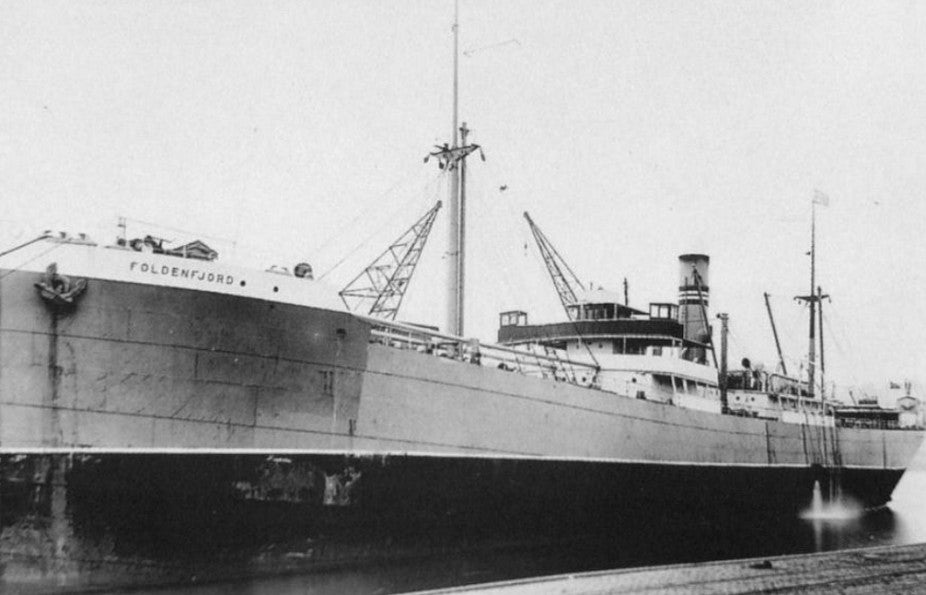
Larry Doheny, formerly known as Foldenfjord. Image courtesy of NOAA ONMS/ORR
Ultimately Hartmeyer concluded “Larry Doheny is still out there, and we’ll get back to it someday. This site selection was a direct result of the UCH prioritization analyses I’ve been writing for the office, and was encouraging to see it utilized in exactly the manner intended.” Phil, we are so delighted to explore the ocean’s secrets vicariously through you and the rest of the team. Thank you so much for sharing this aspect of the Okeanos shakedown. We look forward to learning about the many discoveries ahead of you.
Learn more about NOAA’s Okeanos ship, the coming 2023 Expedition, see what the cameras capture on the voyages, and discoveries from past expeditions. Watch Philip Hartmeyer, CPAESS Discovery talk on "The Marine Archaeology Portfolio of NOAA Ocean Exploration."
